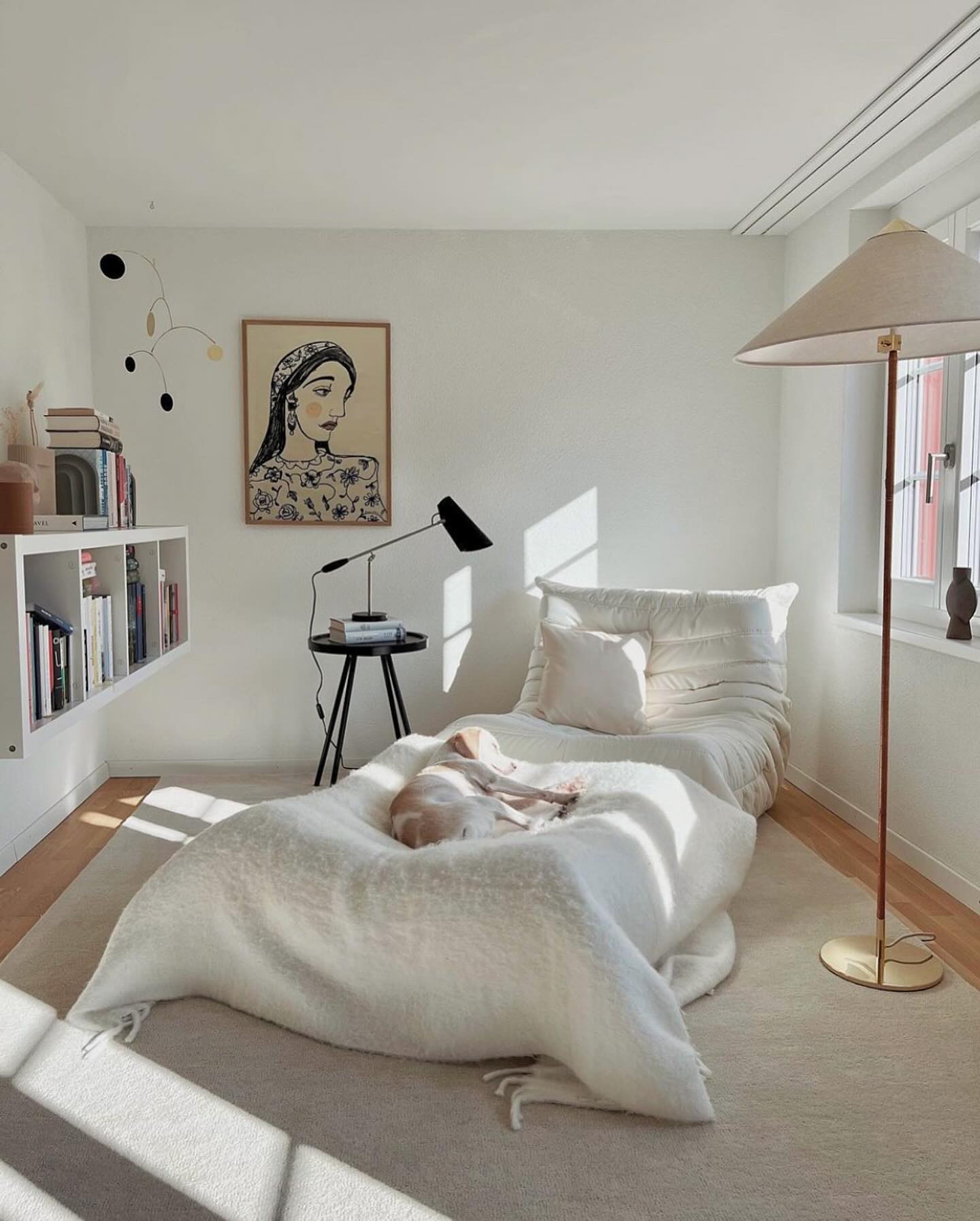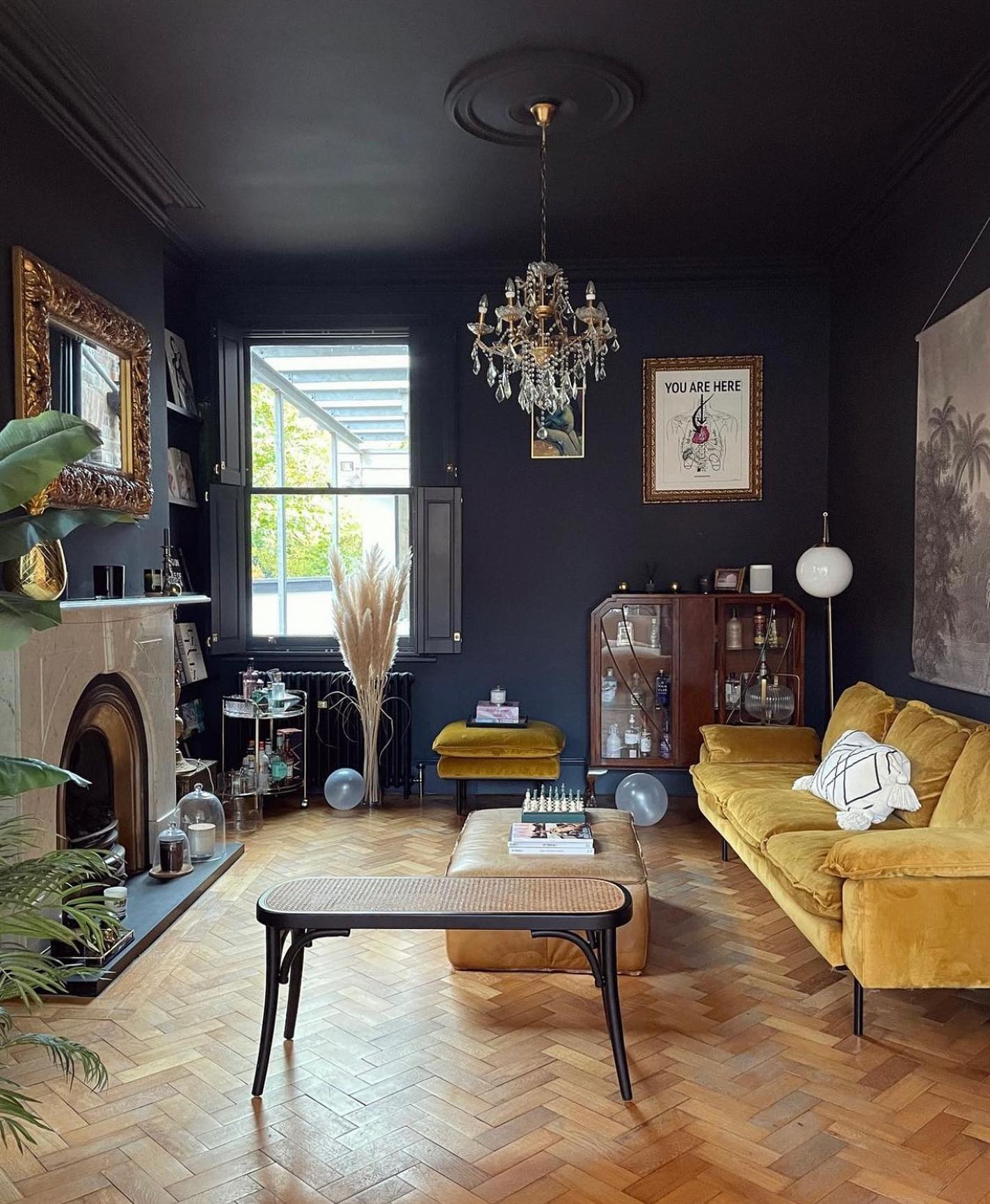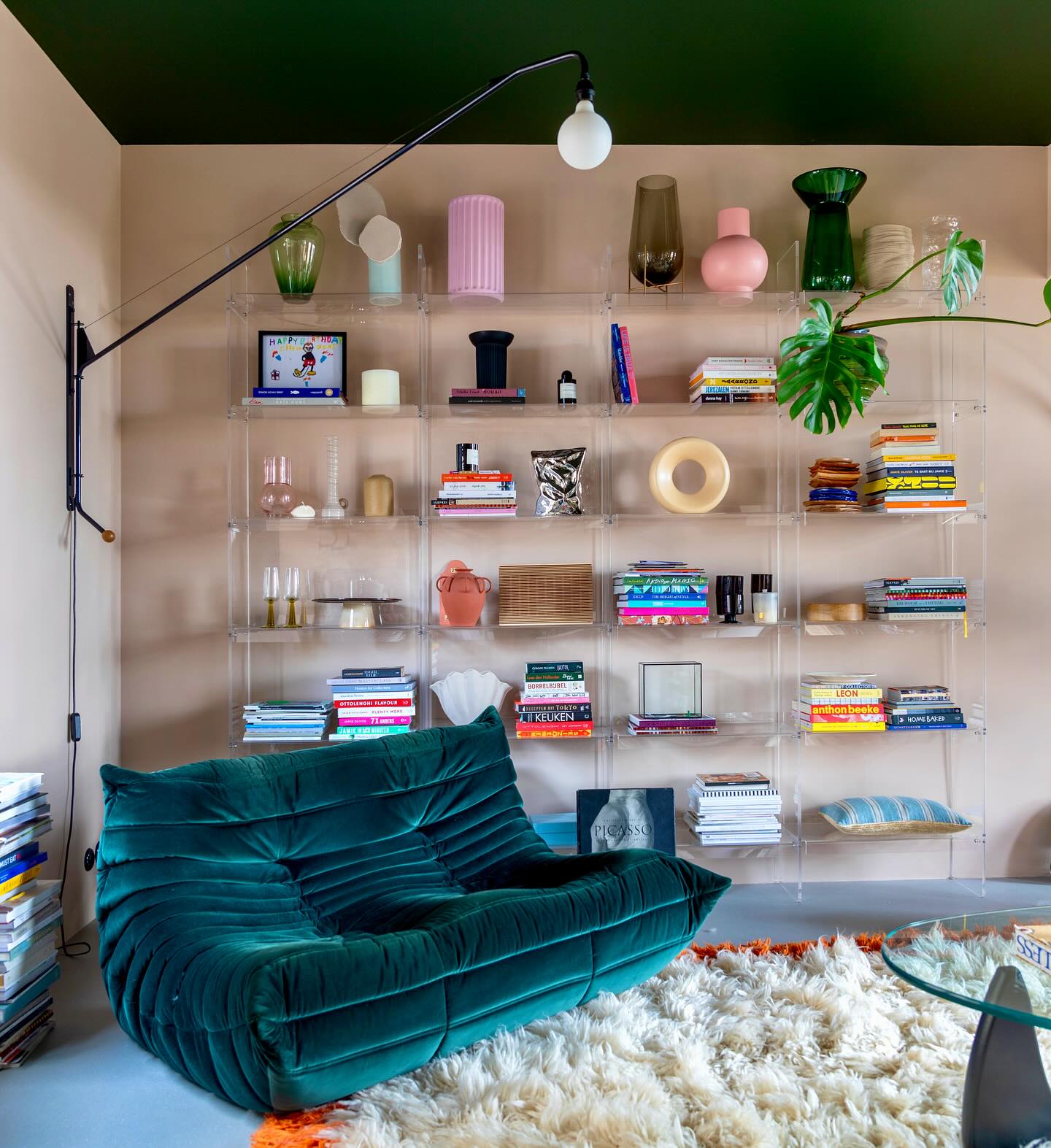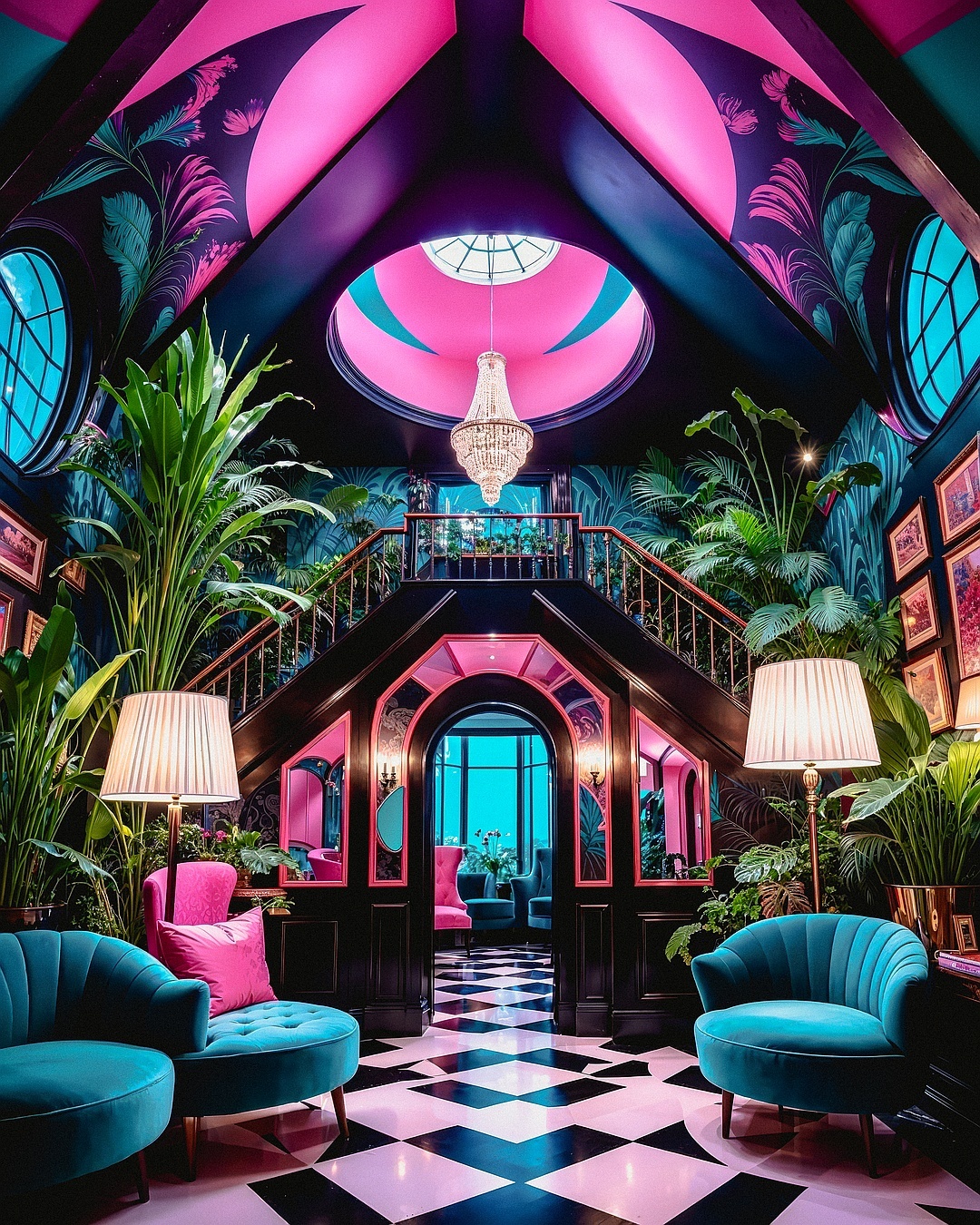Table of Contents
In a world filled with constant stimuli, minimalism has emerged as a popular home decor style, emphasizing simplicity, functionality, and a clutter-free environment. Minimalist spaces often feature neutral color palettes, clean lines, and a focus on essential furnishings. The philosophy is to create a serene and uncluttered atmosphere, allowing for a sense of calm and mindfulness in the home.

Embracing Opulence and Eclecticism
In contrast to minimalism, maximalism represents a daring shift, wholeheartedly embracing the notion that more truly is more. Design aesthetics of maximalist spaces are marked by vivid hues, elaborate designs, and a diverse blend of furniture. With this style, self-expression takes center stage, enabling homeowners to exhibit their unique personalities through carefully curated compilations of art pieces, decorative objects, and other visually appealing elements. Maximalism champions an atmosphere of abundance and reinforces the concept that every area in a home has the potential to serve as a creative outlet.
Eclectic Fusion of Styles
For those who find it challenging to commit to either extreme, the eclectic fusion of styles offers a middle ground. This approach allows individuals to blend elements of both minimalism and maximalism, creating a harmonious balance that reflects their unique tastes and preferences. A carefully curated collection of statement pieces, combined with a neutral backdrop, can be the perfect compromise for those who appreciate both simplicity and complexity in design.

Choosing the Right Color Palette
Whether you lean towards minimalism, maximalism, or a fusion of styles, the choice of color palette plays a pivotal role in defining the overall aesthetic of your home. Minimalist spaces often gravitate towards monochromatic tones, whites, grays, and earthy hues. On the other hand, maximalist interiors may feature bold and contrasting colors, creating a vibrant and energetic ambiance. Finding the right balance in your chosen color palette sets the tone for the entire decor scheme.
Creating Texture and Depth
In both minimalism and maximalism, the art of layering is essential for creating a visually interesting and inviting space. In minimalism, the focus is on subtle texture variations, such as smooth surfaces paired with soft textiles. Maximalist spaces, on the other hand, revel in layering diverse patterns, textures, and materials to create a rich and sensory experience. Whether it’s a plush rug, textured throw pillows, or a statement piece of artwork, layering adds depth and personality to any decor style.

Sectional Sofas in the Mix
The choice of furniture is a key aspect of defining your decor style. In both minimalism and maximalism, sectional sofas can play a versatile role. In minimalist spaces, a sleek and streamlined sectional can anchor the room without overpowering it. In maximalist interiors, a sectional sofa with bold upholstery or unique design becomes a statement piece that adds to the overall eclectic vibe. The versatility of sectional sofas makes them a valuable addition, adaptable to various design preferences.
Showcasing Your Story
Regardless of the chosen decor style, the personalization of spaces is what truly makes a house feel like a home. Minimalist interiors may feature carefully selected, meaningful decor items that align with the principle of “less is more.” Maximalist spaces, on the other hand, provide ample opportunities to showcase a diverse range of personal treasures, from travel souvenirs to family heirlooms. Personalization is the thread that weaves your story into the fabric of your home.

The Role of Design Influences
Whether you’re drawn to the clean lines of Scandinavian minimalism, the opulence of Victorian maximalism, or the vibrant colors of Bohemian eclecticism, design influences play a crucial role in shaping your decor style. Take inspiration from various design movements, cultures, and historical periods to create a unique fusion that resonates with your aesthetic preferences. Design influences serve as a guiding force, helping you navigate the vast world of decor possibilities.

Functionality and Space
While visual appeal is undeniably significant, practical factors such as functionality and space dynamics must not be neglected. In minimalist environments, there is often a focus on practicality through the use of versatile furniture and ingenious storage options. This approach ensures that your living space remains uncluttered while effectively addressing your day-to-day requirements. On the other hand, in maximalist interiors, striking a balance can be more challenging due to the profusion of decorative elements. Here, it becomes essential to maintain a semblance of organization amidst the visual opulence. By successfully achieving this equilibrium, your home will not only possess aesthetic allure but will also efficiently cater to your daily living needs and enhance your overall experience within the space.
Embracing Change
Decor styles, much like personal tastes, evolve over time. What resonates with you today may not be the same in a few years. Embracing change and allowing your decor style to evolve is a natural part of the journey. Experiment with new elements, rearrange furniture, and be open to discovering styles that resonate with your evolving tastes. Home decor is a dynamic expression of self, and the freedom to adapt ensures that your living space remains a reflection of who you are.
Whether you find solace in the simplicity of minimalism, revel in the vibrancy of maximalism, or navigate the eclectic fusion of styles, your home is your canvas for self-expression. Each decor style offers a unique way to tell your story, creating a space that not only looks good but feels like an authentic extension of who you are. From the choice of colors and furniture to the personal touches that make a house a home, finding your decor style is a journey of exploration and creativity.
